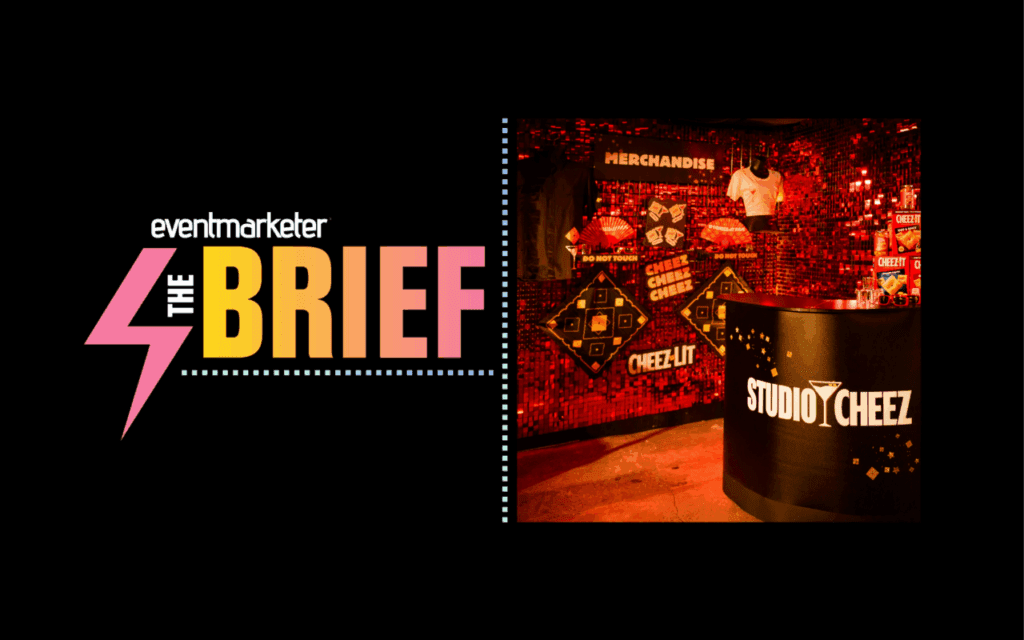A recent study conducted by Fremont, California-based Nielsen Norman Group utilized advanced equipment that tracks the eyes of Web users in order to delve into the minds of a group of participants. The study was done to see what consumers really look at when they surf the Web as opposed to what they say they look at.
“This is a sneak peek into people’s brains,” said Nielsen Norman’s research director, Kara Pernice Coyne.
The study required 230 participants to research various tasks and companies online. These tasks included learning how to invest $10,000, planning a ski trip in Colorado, and learning how to tie a “bowline” knot.
Below is a quick rundown of some of the findings of the study:
- Images placed in the middle of a page can hinder the main message of the site.
- Consumers feel a connection with images of attractive people looking straight at them. But if the person is too good looking, users are often turned off.
- Users read Web pages in an “F” pattern. They are more likely to read longer sentences if they are at the top of a page, but this likelihood decreases as they scroll down the page, which means that the first two words of a sentence are key. It is after reading those first few words of a sentence that a user decides whether or not to continue reading.
- Ads in search engines are secondary to the specific products the user is looking for.
- Users respond well to pictures that convey useful information, and are not just there to make the site look nice.
The broad conclusions of the study found that although more and more businesses are flocking to the Internet, they still have a long way to go in terms of learning how to best present themselves online.
One site worthy of praise is JetBlue’s site, which according to Pernice Coyne, did a solid job of presenting a neat and clean three-column home page. She said, “When there is less on a page, users read more.” Pernice Coyne also gave a thumbs up to the Sears site for creating tables that make it simple for users to compare products.
On the other hand, Sony’s websites were given poor marks. When asked to find Sony’s store in New York City, participants came across SonyStyle.com. Users were unable to tell whether or not the page was part of the official Sony site.
The study also reaffirmed notions that on the whole, users ignore banner ads, though young children are attracted to them because of the bright images. However, beginning at the age of 7, children begin to get wiser about this and are able to distinguish the usefulness of the content on sites better.
Source:
http://www.usatoday.com/money/industries/
technology/2006-03-26-web-use-study_x.htm
 Network
Network

